

Dr Willow Hallgren
The way that humans use and change the land and its vegetation can have a profound effect on the climate, and can either counteract or exacerbate climate change. These effects are often overlooked when discussing action on climate change (aka global warming or global heating).
The recent public outcry over land clearing rates in Australia, particularly Queensland, was largely about the resulting loss of biodiversity. Less talked about was the impact of all that land clearing and deforestation on local and regional climates, and the impact of this on human communities and surrounding ecosystems as global heating intensifies.
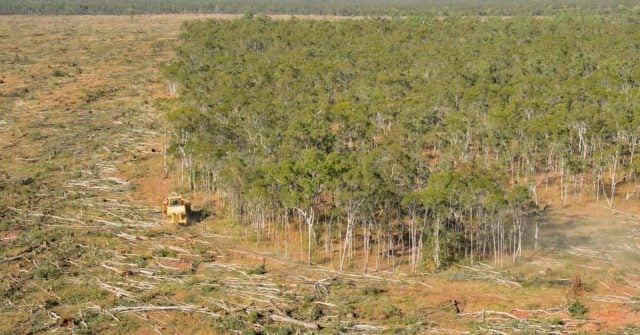
Global heating impacts natural ecosystems and agriculture
Human activities are heating the planet, and our climate is changing, causing major changes to both natural ecosystems and agriculture. Increasing average temperatures will shift the locations of what crops can be grown where, and will make land in some locations unable to support agriculture. More extreme temperatures are also drying out ecosystems and endangering wildlife (like flying foxes who can’t handle heatwaves and start to drop out of the trees, dead).
Longer and more severe droughts are damaging not only crops but entire ecosystems by contributing to increased bushfire severity.
Observed changes in the amount, and timing of rainfall, and more extreme storms and floods are putting crops and livestock at risk. Longer and more severe droughts are damaging, not only crops, but entire ecosystems by contributing to increased bushfire severity.
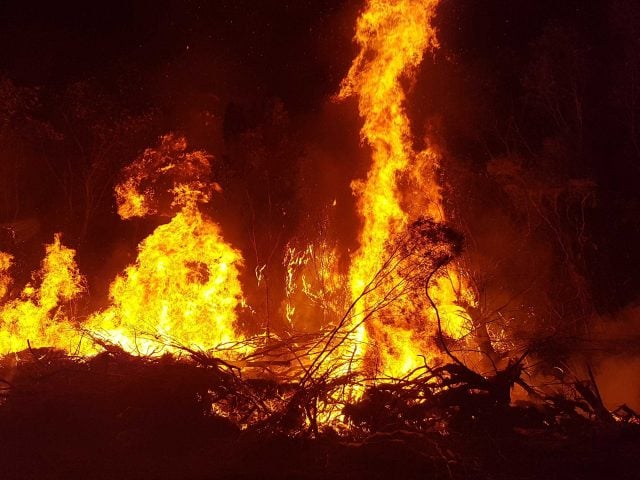
The 2019–2020 summer will long be remembered as illustrating the terrible impact of drought, made even more severe by climate change, which caused unprecedented mega-bushfires that burned throughout much of Australia.
Even in the normally green, well-watered Northern Rivers region we have endured the sight of stressed and dying wet-eucalypt forests in many places and the burning of areas of ancient Gondwana rainforests that are not supposed to burn.
Creating local climates
Most people know that climate broadly determines where ecosystems occur: think of rainforests along the equator, and conifer forests and tundra in the higher northern latitudes.
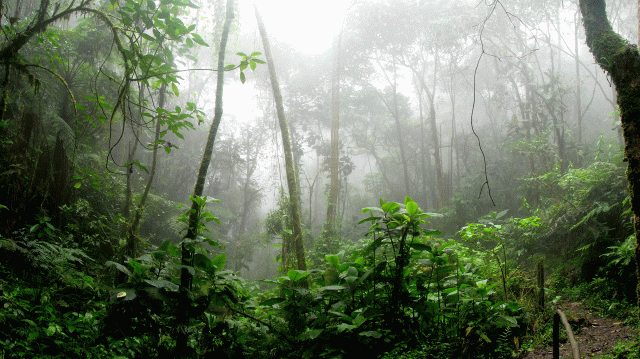
What is less well known, is that some ecosystems can create their own climate; if you wander into a densely canopied forest, like a rainforest, on a hot day you will find that the air underneath the canopy is relatively cool and moist compared to the air outside; this is because forests have their own microclimates. The forest canopy shades the ground from the heat of the sun, minimising ground evaporation and protecting soil moisture. Trees also contribute to lower temperatures by adding humus, having roots that can tap into deeper stores of water in soil, and they transpire this through their leaves into the air. This moisture cools the air, which is why large expanses of forests provide a regional cooling effect.
Sufficiently large areas of forest can also create their own self-sustaining climate. They do this by actively drawing in air and moisture from surrounding regions that have less vegetation through a process called ‘the biotic pump’; this is what occurs over the Amazon rainforest.
Fewer trees means less rainfall
Land clearing and deforestation can change the climate in many ways. Deforestation removes the canopies that shade the ground, which can increase evaporation and dry out the top soil layer. Fewer trees means less water is transpired from the deeper soil into the atmosphere, reducing evaporative cooling of the air. At regional scales, if we clear large areas of forest, we disrupt the rainfall-creating ‘biotic pump’ mechanism. It is well documented that deforestation often correlates with some decline in rainfall and cloud cover, as has been seen in the Amazon.
The loss of vegetation and forest cover will exacerbate climate change
Trees and other vegetation also hold the soil together and prevent significant runoff and soil erosion when it does rain; this assists in recharging the soil moisture. The take-home message is – the loss of vegetation, and particularly forest cover, will exacerbate the warming and drying trends of climate change that we are currently witnessing across much of Australia.

Reafforestation for climate management
One solution, which will both mitigate climate change, and help us to adapt to it, by counteracting the warming and drying trend, would be to preserve as much forest as possible, and to increase forest cover. This is particularly important close (but not too close, owing to bushfire risk) to cities and agricultural areas, so that the cooling effect of forests can benefit these areas. Some scientists refer to this proposal as a type of regional geoengineering.
There are studies that show that planting large numbers of trees is one of the cheapest, easiest ways to remove carbon dioxide from the atmosphere, which will slow down global heating. Given dense, shade-creating canopies can take decades to grow, we should start planting trees now, to (a) absorb as much CO2 as possible, to limit further global heating, and (b) take advantage of our current relatively stable climate, before it becomes too dry in areas where it is currently possible to grow these forests for climate regulation.
Reflecting heat to lessen extreme temperatures
Besides using trees and forests to counteract the higher temperatures, we can make both rural and urban land surfaces more reflective of sunlight (ie increase the land ‘albedo’) to lower daytime temperatures. Examples of ways to increase the amount of sunlight that agricultural areas reflect (and thereby reduce heat) include no-till farming, changing the crop phenology and timing of practices (eg double cropping), bioengineering more reflective crops, and using greenhouses.
In urban areas, the cooling effect of an urban forest can be enhanced by making hard surfaces like roofs, roads and pavements more reflective of sunlight. For example, painting roofs white, and having solar panels on roofs can decrease the daytime heating of urban areas as well as generating electricity without the use of fossil fuels – a win-win!
Combating the climate change emergency will take all the weapons in our arsenal, including the ways we use the land and its ecosystems. Ordinary citizens can start now, by seizing some of the many low-cost, low-hanging fruit of climate action: planting trees, painting your roof white, and using solar panels to generate renewable energy.
More reading
The Conversation: Our cities need more trees, but some commonly planted ones won’t survive climate change
NASA: Examining the Viability of Planting Trees to Help Mitigate Climate Change
Author
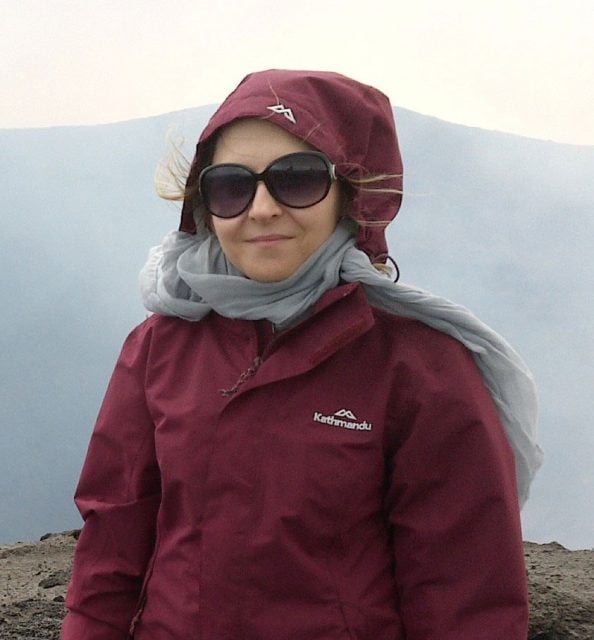
Dr Willow Hallgren is an earth-system scientist who studies the impact of climate change on ecosystems and biodiversity, the feedbacks between vegetation and the climate, and how policy can influence climate change, by changing how we use the land.
Willow has previously worked as a climate and biodiversity scientist in government, industry, and academic roles in both Australia and the USA at the Massachusetts Institute of Technology (MIT). She was also previously the Science editor of Monash University’s student newspaper Lot’s Wife.
She is a city escapee of many years now and is currently hiding out among the hill tribes of the beautiful Tweed Valley.
More Planet Watch articles
Will Morrison’s gas-led recovery delete the IPCC’s belief we need climate...
Most Australians know the news, or have had firsthand experiences themselves, of two years of floods, fires, coastal erosion, and storms, both here and overseas. In fact Australia has warmed on average by 1.44 ± 0.24 °C since national records began in 1910.
‘Unprecedented’ but not unpredicted – we are now suffering from our...
As Australians head into another election season just as many parts of the east coast are recovering from ‘unprecedented’ flooding since February, and the national psyche is still reeling from the trauma of the ‘unprecedented’ Black Summer bushfires before that, it is critical now more than ever to vote according to your environmental conscience and fear for the future.
Ethical investing goes prudential
Ethical investing is the idea of using your money to make the world a better place rather than simply chasing the greatest financial return. It seeks to account for people and planet, not just profit.
On track to three degrees of warming
Our planet has warmed by 1.1 degrees, on average, since the Industrial Revolution, and Australia has warmed by 1.4 degrees since 1910 when records of temperature measurements began.
What’s going on with gas?
David Lowe According to the prime minister, we’re in the midst of a ‘gas-led recovery’. Until about five minutes ago, the gas in question was methane (mostly found using unconventional techniques like fracking) but now he’s also talking about hydrogen,...
Is hydrogen part of a sustainable energy future?
There’s a lot to like about hydrogen. For starters, it’s abundant. Hydrogen can store excess renewable power. When liquified, it’s more energy intense than fossil alternatives. In a fuel cell, it can generate electricity. When it’s burned, the only by-product is water.
Human activity, climate change risk more pandemics
New research has revealed climate change, environmental degradation and human activity are creating a perfect storm for more deadly pandemics like COVID-19. Scientists from the University of Western Australia (UWA) say COVID-19 has highlighted the critical need to reduce human impacts...
Planet Watch: Environmentally sound building
Globally, buildings are responsible for a massive share of energy and material consumption. Sustainable building movements are trying to change this, some by going back to the past, and some by diving head-first into the future.
Planet Watch: Are humans the disease?
Humans have told a lot of stories about how awesome we are, but there's one emerging hypothesis that casts our species in a very anti-heroic light. In terms of the planet, are we behaving like a disease?
Planet Watch – Top three environmental issues
With so many environmental crises occurring, it’s hard to focus on just three issues to provide an update to Planet Watch readers – but here's our top three...





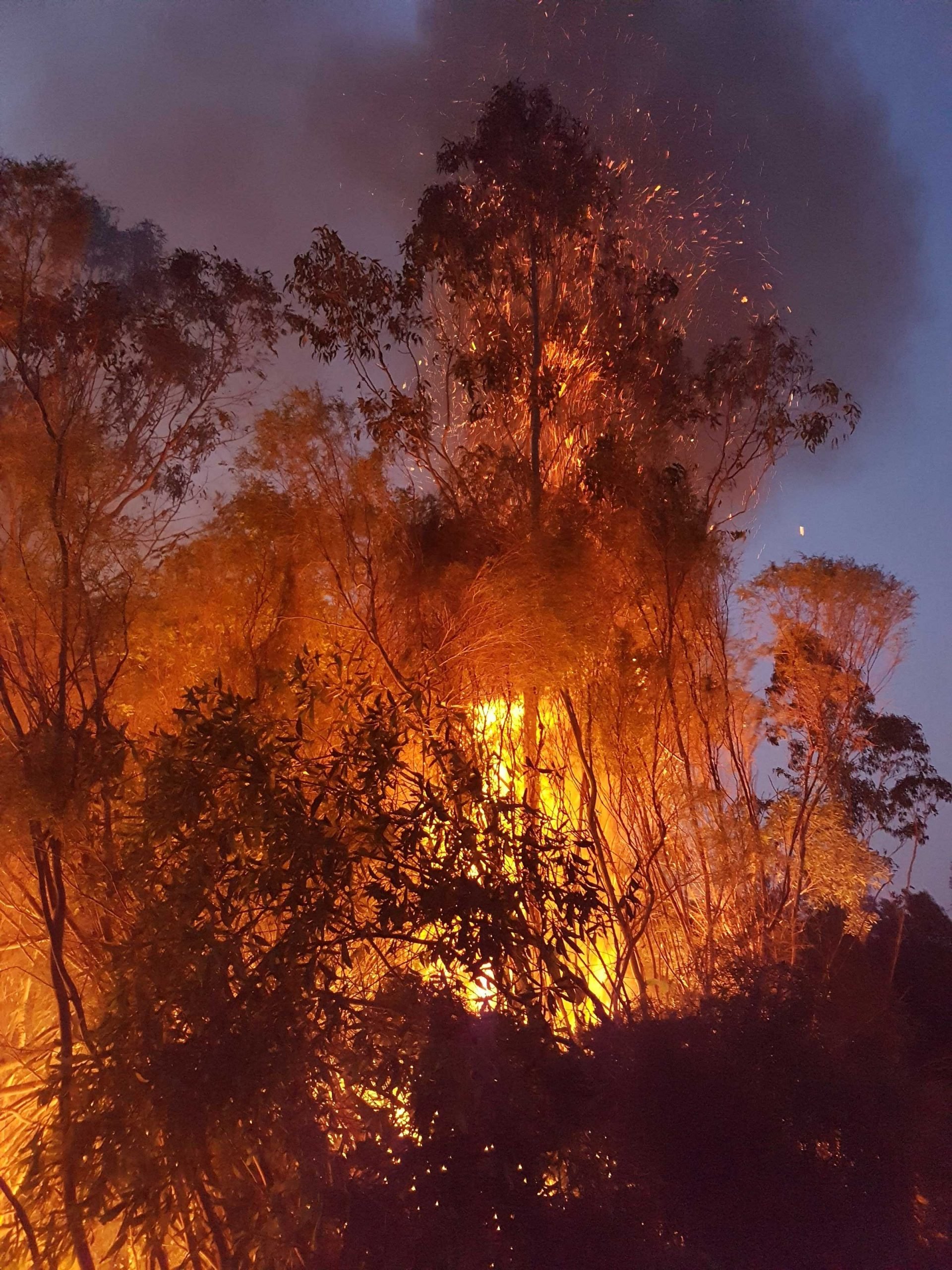
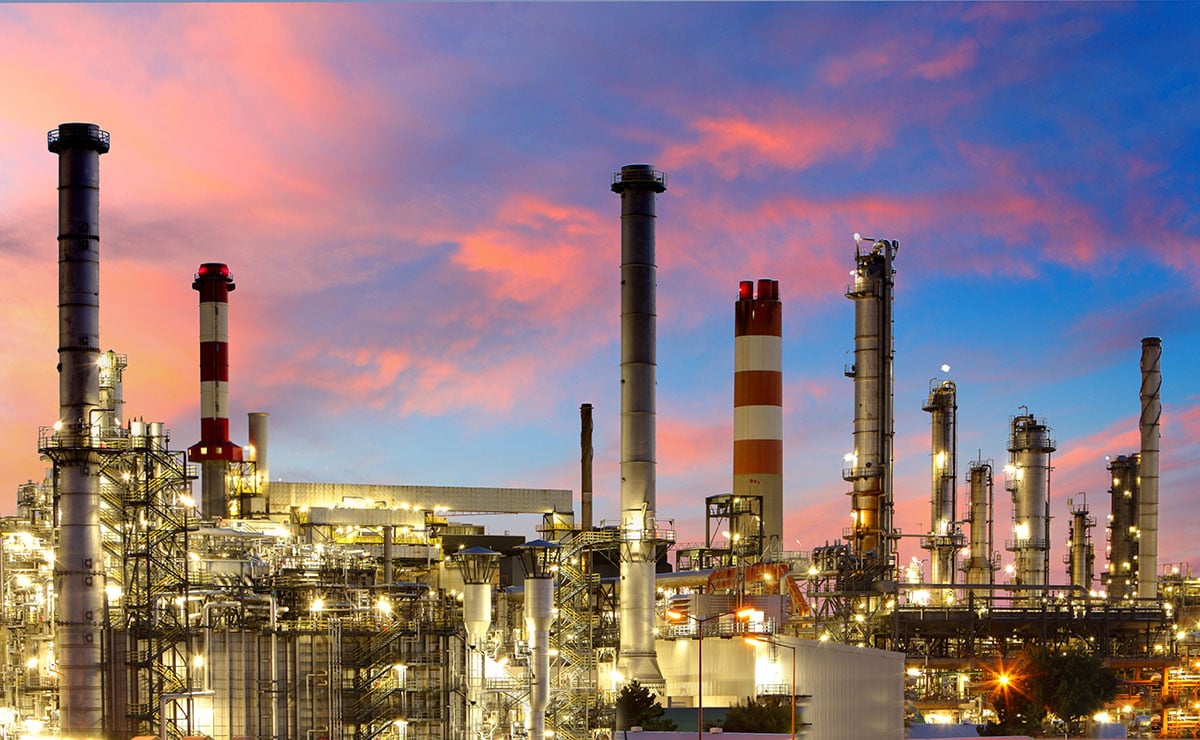

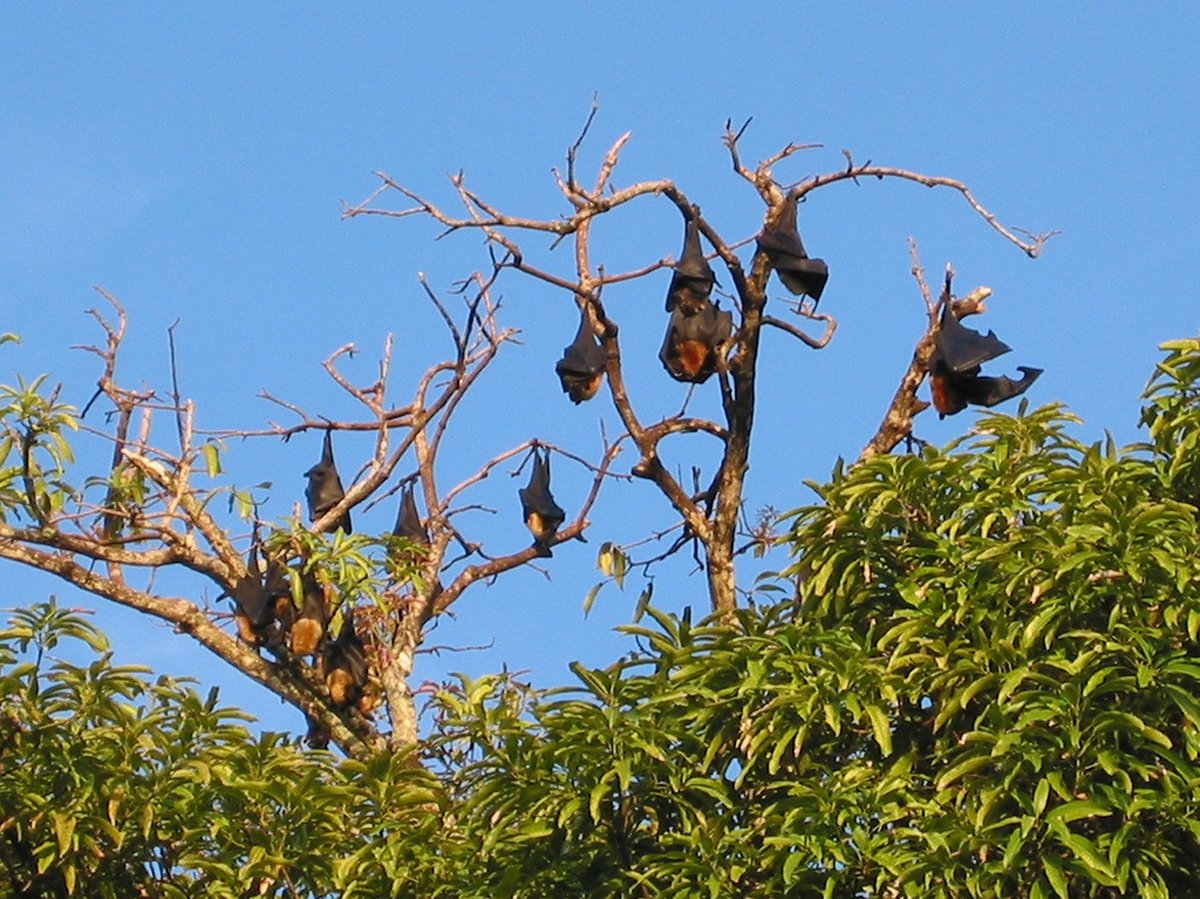




Thanks Willow for pointing out the effect on climate of land clearing and deforestation. This has often been overlooked in the rush to blame climate change entirely on carbon emissions. Regenerative farming/agriculture is also a quick way of storing carbon and restoring local climate, that can be done now.
Agree. Soil carbon sequestration via methods such as regenerative farming is an important climate change mitigation tool.
Yeah great. Except it’s all a giant fraud. And the echo is part of the fraud. There is no causation with heating or cooling the planet by a trace gas element C02. If there was as they claim, 700 million years ago there wouldn’t have been a 20 kilometre ice sheet covering the planet with Co2 levels tens of times more than now. Go look at the Arkaroola rocks. It’s all there. In addition, coal is simply concentrated sunshine. The co2 contained therein is simply going back into the atmosphere. No big deal.
Thanks Bob, but I think I’ll go with the scientists on this one such as the 2008 Garnaut Climate Change Review’s final report that said projections of fire weather “suggest that fire seasons will start earlier, end slightly later, and generally be more intense…This effect increases over time, but should be directly observable by 2020.”
Hi kim , i to thought i would put my trust in the
Scientists to in 2008 , especially Tim Flannery
Had so much trust in this Man .employed
By the Government, endorsed by the Greens
Made so much sense !! What Happened?
Not one if his climate change predictions
Come true !! Guess i should not pay so much
Attention to the climate change experts .
However other scientists, experts dont seem able
To express there views on Global Warming
Especially on the ABC or the SBS ..why would
This be !!
Finally some proper advice on how to slow global warming. Plant trees in the right way and in the right places.
With increased CO2 emissions, plants now grow so much better and are more drought tolerant, how is this not a good thing?
Anton, unfortunately it’s not that simple. CO2 can fertilize plants up to a point, but the advantages are limited. Then of course, there are a whole range of very adverse consequences of climate change which are not advantageous to plants, such as the warming/drying trend in southeast Australia, and more severe and prolonged droughts which cause ecosystems to dry out, which when combined with the increase in extreme temperatures/heatwaves, can result in ferocious bushfires which destroy entire ecosystems….which are definitely not good for plants, or anything that relies on them….
For more information, read https://skepticalscience.com/co2-plant-food.htm.
“I am ashamed of what climate science has become today.” The science “community is relying on an inadequate model to blame CO2 and innocent citizens for global warming in order to generate funding and to gain attention. If this is what ‘science’ has become today, I, as a scientist, am ashamed.” — Research Chemist William C. Gilbert published a study in August 2010 in the journal Energy & Environment titled “The thermodynamic relationship between surface temperature and water vapor concentration in the troposphere” and he published a paper in August 2009 titled “Atmospheric Temperature Distribution in a Gravitational Field.”
Anton,
The fact that a Researcher in chemistry (or geology) has an opinion about climate change science (which I note is not his main field of expertise) which perhaps runs contrary to the by now thousands of scientific research papers which add to the huge body of evidence supporting the scientific theory of anthropogenic global warming (AGW), is neither here nor there. One, or even a handful, of scientists who disagree with a prevailing theory, doesn’t invalidate the masses of evidence which supports AGW, or outweigh findings of the vast majority of scientists who’s main area of expertise is climate science. I haven’t read the papers you refer to but I did google them and couldn’t find any scholarly discussion of them – just many pages of links to right wing, climate denier websites and blogs. If there was any substantive or important findings in those papers, there would be reams of discussion about them by scientists on the web – I couldn’t find one scientific website which discussed them, just a bunch of crackpot sites….
Good article. Makes sense. This is why I live in the Burringbar Range – being custodian of my part of this gorgeous forest. I do believe these forested hills usually attract the rain clouds.
Sad to see the effects on the forest of the drought though, especially on tree ferns & palms.
Happy to get this light rain we’re having. Better than none.
This excellent short video focuses on the natural solutions to climate change and backs up what Dr Hallgren is saying, it’s worth a look
https://youtu.be/aUCD_24cygQ
“The way that humans use and change the land and its vegetation can have a profound effect on the climate, and can either counteract or exacerbate climate change” Dr Willow Hallgren.
Thanks for the link to the video of Greta Thunberg and George Monbiot – it’s a great one isn’t it, and their message of using nature-based climate solutions is both simple and profound. Essentially it boils down to:
Protect…natural systems which help stabilize/regulate the climate, like forests.
Restore…degraded lands and ecosystems so that they can absorb more carbon and enhance biodiversity – plant trees, en masse – by the billions!
Fund…projects/initiative which help restore and protect nature and de-fund those that destroy nature or the climate.
(And Greta and George also point out that it’s a good idea to vote for people who protect nature, and get involved with one of the many organizations which focus on climate action)
More reading:
https://www.naturalclimate.solutions/
https://e360.yale.edu/digest/planting-1-2-trillion-trees-could-cancel-out-a-decade-of-co2-emissions-scientists-find
http://www.cana.net.au
https://www.facebook.com/extinctionrebellionnorthernrivers/